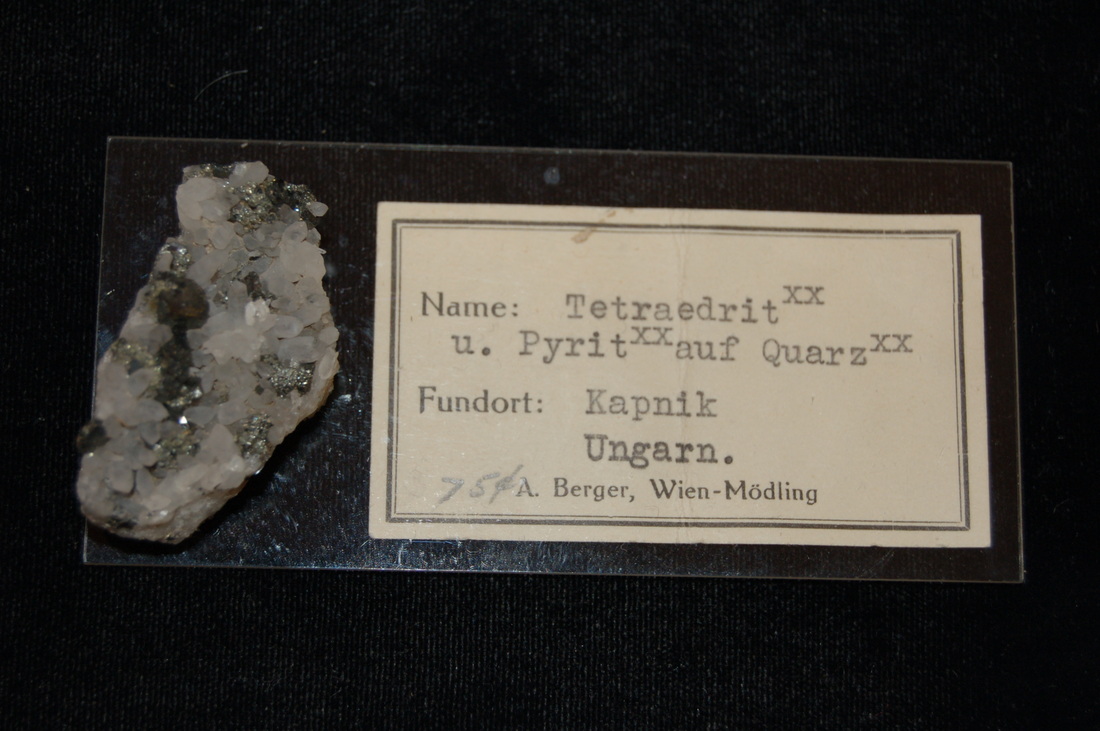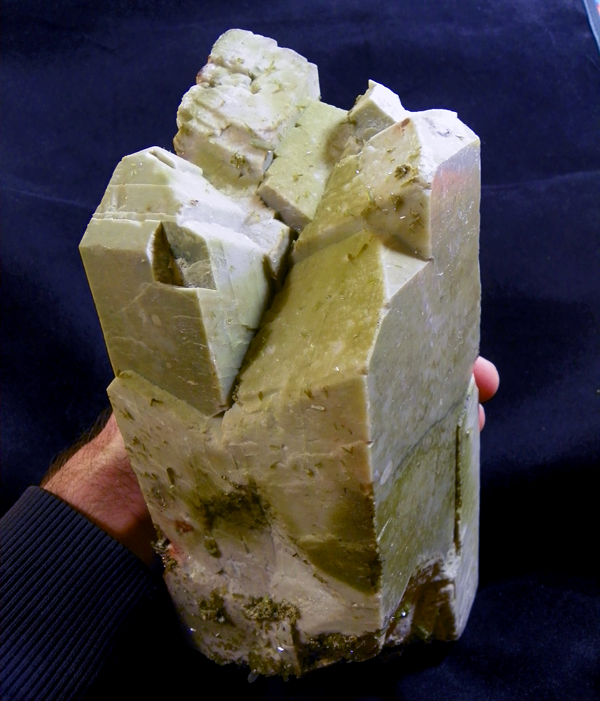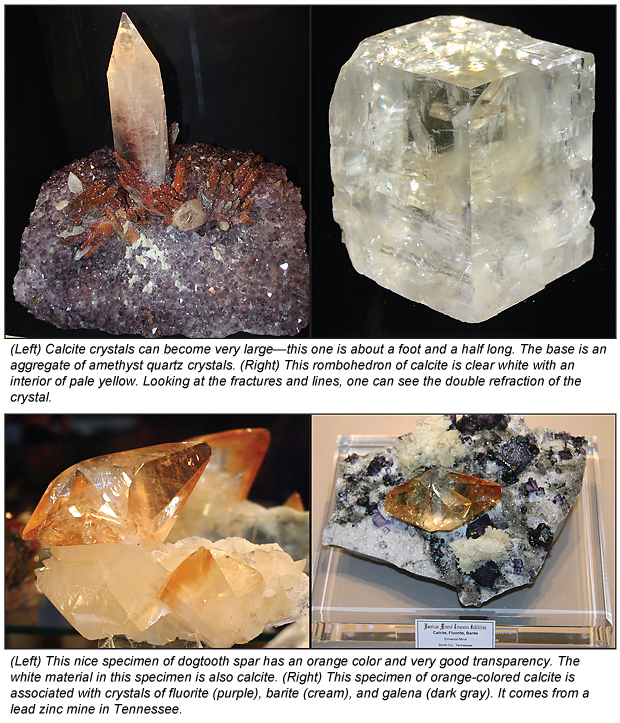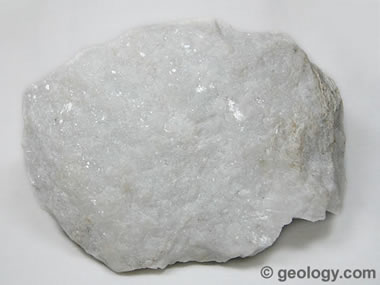Can A Mineral Specimen Break If Its Dropped On Floor

These specimens often can be cleaned in alcohol ether or dry cleaning compounds.
Can a mineral specimen break if its dropped on floor. Fragile specimens require extra caution especially those with thin delicate crystals like crocoite and mesolite. There are more than 20 different terms describing habit. Drop dilute hydrochloric acid on the mineral. Hold a magnet to the mineral.
It is gently inclined seaward at an average slope of about 0 1. If the mineral has cleavage in three directions then it is calcite. Amethyst has a drusy habit where jagged projectiles line a rock s interior. A continental shelf typically extends from the coast to depths of 100 200 metres 330 660 feet.
This can involve the coating or impregnation of mineral specimens and would usually be considered to be different from a drop of super glue into a crack on the back of a specimen but all are on a spectrum. Many specimens should not be cleaned in water but this is quite apparent from their appearance. If it effervesces it is probably calcite. A good repair job can make the specimen look almost as good as original and a bad repair job.
For instance very fine fibrous materials or hairy like specimens. The water packs the fibers and even after drying they no longer have their furry appearance. Occasionally a specimen breaks with a clean fracture that can be easily repaired by gluing the two pieces together. This is especially true of a complete crystal that smoothly pops out of its matrix.
It can be found in salt lakes and oceans in a dissolved solution or as a solid mass in various locations formed via various processes. Seeing a mineral and crystal collection in person is a. A magnetometer is a device that measures magnetism the direction strength or relative change of a magnetic field at a particular location. The measurement of the magnetization of a magnetic material like a ferromagnet is an example a compass is one such device one that measures the direction of an ambient magnetic field in this case the earth s magnetic field.
Specimens of hematite can be black red brown or silver in color and occur in a wide variety of habits. If you feel a pull the mineral is calcite. In nearly all instances it ends at its seaward edge with an abrupt drop called the shelf break below this lies the continental slope a much steeper zone that usually merges with a section of the ocean floor called. Fragile specimens may also break during handling.
A mineral s habit its general form can be especially useful for identifying some minerals. A mineral with visible layers like rhodochrosite has a banded habit. If it does not effervesce it is probably calcite. Some minerals may leave an unpleasant residue and others are outright toxic.
The mineral is typically colorless or white but may also be light blue dark blue purple pink red orange yellow or gray depending on the amount and type of impurities. Whatever you do do not drop a specimen. Drop dilute hydrochloric acid on the mineral.


















